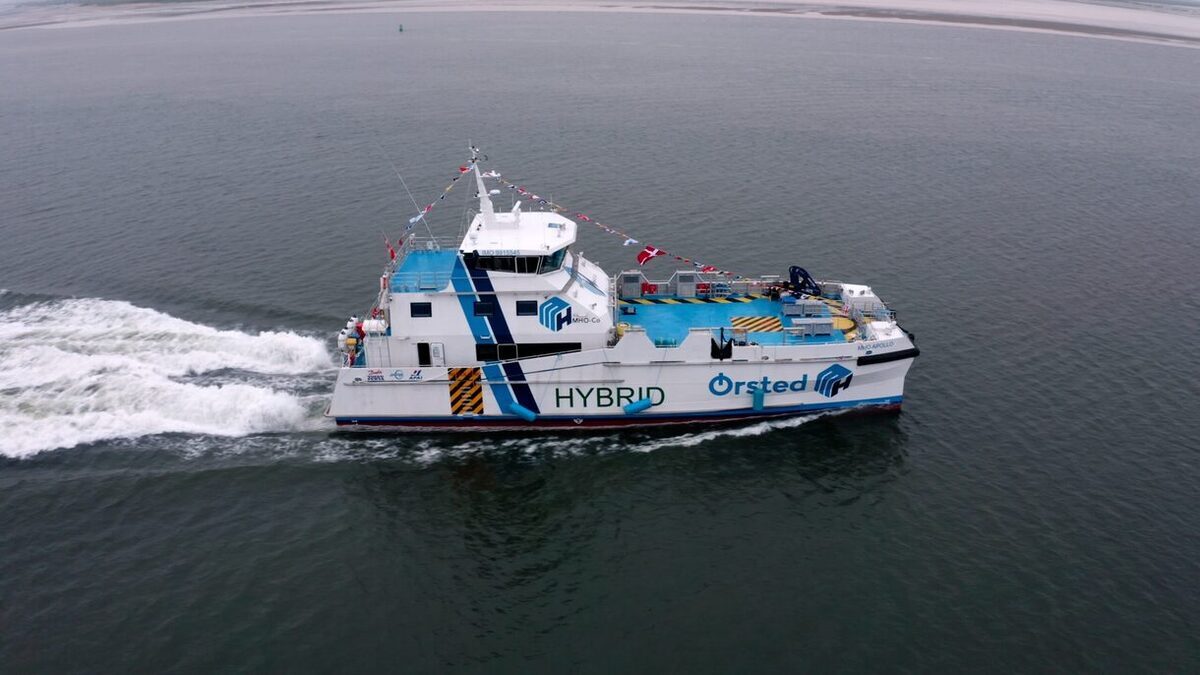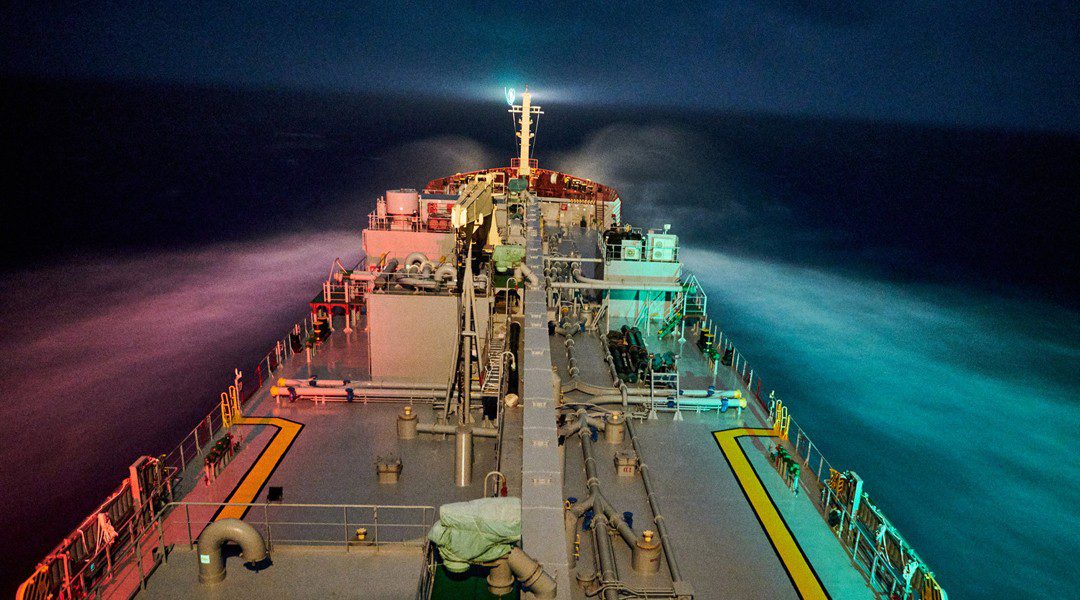 Two crew transfer vessels have entered operation for MHO-Co (source: MHO-Co)
Two crew transfer vessels have entered operation for MHO-Co (source: MHO-Co)
Two new crew transfer vessels (CTVs) have entered operation for Danish offshore wind services firm MHO-Co, sporting hybrid technology from Volvo Penta and Danfoss
MHO-Co is targeting more efficient marine transport with its two latest CTVs, which entered operation in March 2024 to transport technicians to and from offshore facilities in the North Sea.
36-m MHO-Boreas and MHO-Balder combine Danfoss drives and Volvo Penta IPS drivelines. The partnership between Danfoss and Volvo Penta is built on experience and innovation and began back in 2021 with the launch of two early examples of hybrid CTVs for MHO-Co.
In a notable change to previous designs, there are no diesel engines used for propulsion. The Volvo Penta electric drives are fed by a battery bank for full electric mode and by eight Volvo D8 variable speed gensets to increase the range of the vessel. As with previous designs, Volvo Penta and Danfoss Drives have focused on maximum uptime, efficiency and manoeuvrability.
Danfoss Drives head of sales, Northern Europe, Central Europe and EMEA marine and electrification, Claus Larsen said, “These new vessels move us further into the future. Because the drivelines are all electric, we can create a future-proof design running off our drives and electric machines. There’s also the flexibility to run on future power sources such as hydrogen or fuel cells, once those are commercially viable.”
“This is a significant step forward in our journey because we’ve included an electric version of our Volvo Penta inboard performance system (IPS). This is combined with a ‘power of plenty’ philosophy to optimise power use and recharging,” added marine commercial director at Volvo Penta, Jan-Willem Vissers.
The vessels will support multiple facilities in the North Sea and their introduction aims to support a wider goal for the operator to have efficient power usage across its supply chain.
For these CTV deliveries, the customer is adopting a ‘power as a service’ model, paying only for the energy consumed, explains MHO-Co chief executive Mik Henriksen.
Volvo Penta’s existing IPS offers energy consumption levels below that of drivelines with shaft and fixed pitch propellers, thanks to a unique forward-facing, counter-rotating design. The new electric version of the IPS on the CTVs is designed for a more efficient output, delivering space and weight savings as fewer batteries and gensets are required.
On MHO-Boreas and MHO-Balder, Danfoss provided the DC-grid and energy management system, and four 94-kWh batteries have been supplied by Volvo Penta subsidiary ZEM. The vessels also have the latest upgraded electronic vessel control (EVC) from Volvo Penta, EVC 2.0, in addition to their new propulsion system.
The gensets can be tailored to the load required. The CTVs spend only a limited time running at full power and more than 50% time in idle mode. In situations that don’t require full power, the system can run on fewer gensets – sometimes a single unit. This reduces running time and fuel consumption, helping to extend the lifespan of the gensets and reduce downtime.
Sign up for Riviera’s series of technical and operational webinars and conferences:





